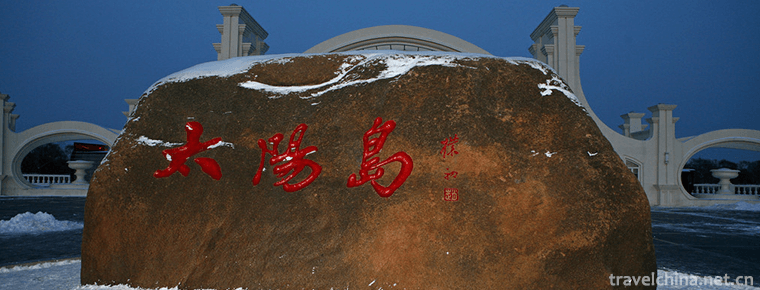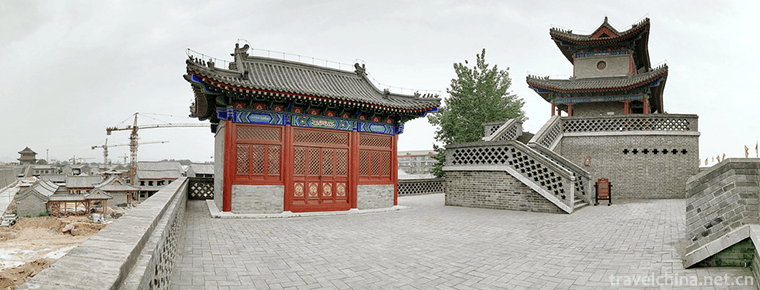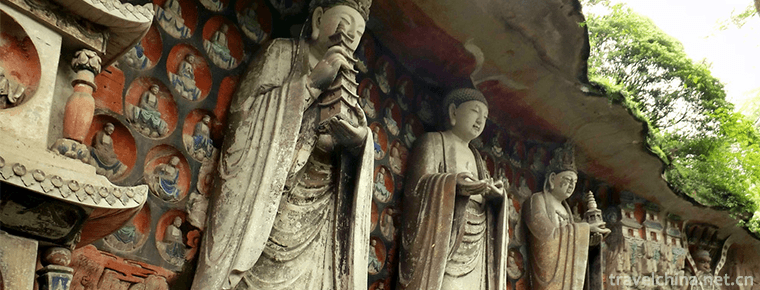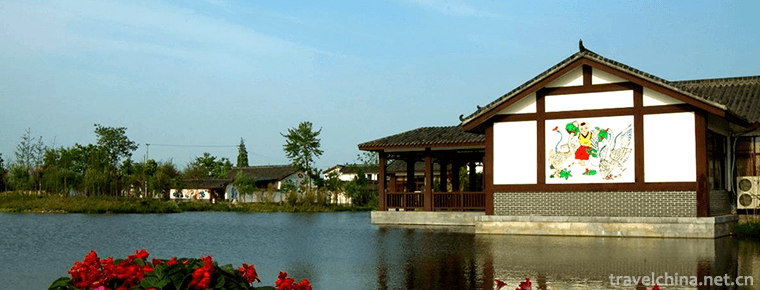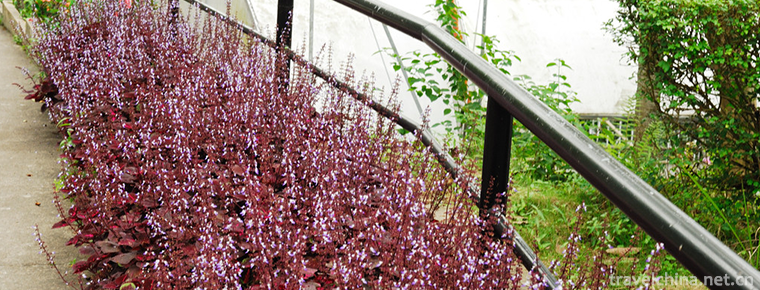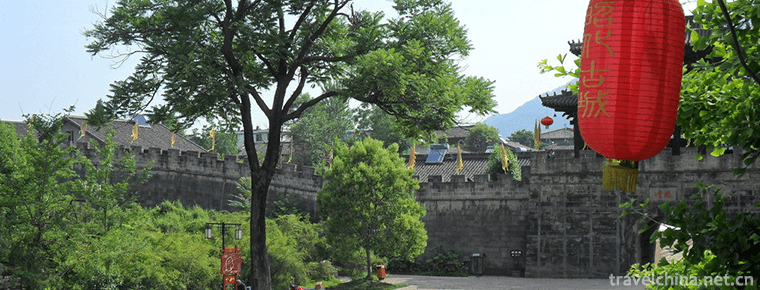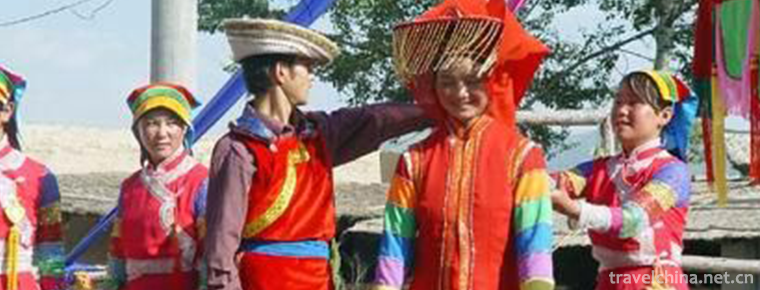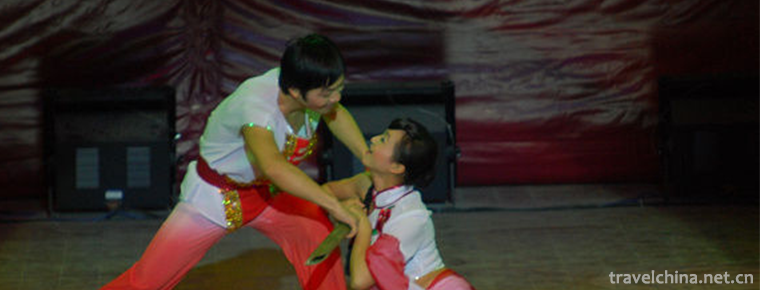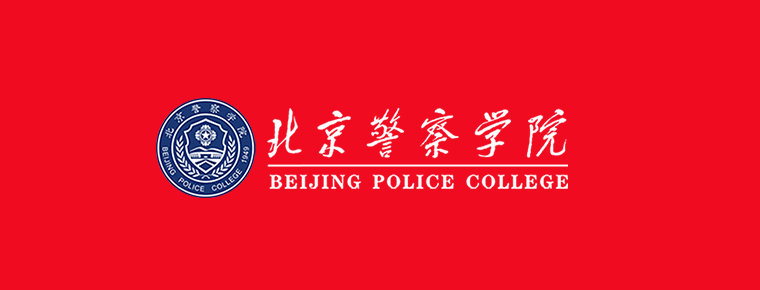Jiao Yulu Memorial Park
Jiao Yulu Memorial Park
Jiao Yulu Memorial Park (formerly Jiao Yulu Martyrs Cemetery) was built in February 1966. It is located on the old embankment of the Yellow River in the north of Lankao County, Kaifeng City, Henan Province. It was renamed Jiao Yulu Memorial Park in July 2007. Jiao Yulu, a native of Zibo, Shandong Province, was appointed Secretary of the Lankao County Committee of the Communist Party of China in December 1962. In order to change Lankao's poverty and backwardness, and to lead cadres and masses to fight against sandstorms, saline-alkali and waterlogging, he died of illness on May 14, 1964 at the age of 42. Its noble virtue and behavior are widely praised and praised as an example of county Party secretary.
The first batch of national practical education bases for primary and secondary school students.
brief introduction
The main memorial buildings of the memorial park are the monument to the revolutionary martyrs, the tomb of the martyrs of Jiao Yulu, the memorial hall of Comrade Jiao Yulu and so on. It is a symmetrical Memorial garden. The monument is located in the south of the monument and was completed in May 1993. The monument is 19.64 meters high (meaning to commemorate the death of Comrade Jiao Yulu in 1964). On the front of the monument is inscribed Chairman Mao's handwriting "The revolutionary martyrs are immortal", "Visiting the poor and asking for hardship", "Checking the three evils". On the back is the monument. The monument looks clean against the green background around it. The tombstone is located at the top of the tomb area on the north side of the monument and is carved out of marble. The stele is 2.75 metres high and engraved on the front with the tomb of Jiao Yulu martyr. The stele Yin is a brief introduction of the martyr's life. The tomb cover is inlaid with white jade from the Han Dynasty. On the memorial wall of the screen wall behind the tomb, Chairman Mao's inscription "Death for the people, though death is glorious". Cemetery square 2100 square meters, flat and open. Two inscriptions were erected on both sides of the tomb, engraved with long poems written by Dong Biwu and Guo Moruo respectively. The whole cemetery is full of pine and cypress trees, solemn and solemn. The memorial hall is located on the west side of the cemetery. It is a modern and new building. It was built in April 1994 and covers an area of 2100 square meters. The "Comrade Jiao Yulu Memorial Hall" inlaid directly above the three-storey front gate is written by Comrade Jiang Zemin. The main components of the library are the sequence hall, exhibition hall, VIP room and projection hall. On the front of the preface hall stood a bronze bust of Jiao Yulu, with the inscription of Comrade Jiang Zemin inlaid on the back wall: "Learn from Comrade Jiao Yulu and serve the people wholeheartedly." Seventeen characters, glittering with gold. The exhibition hall is 1300 square meters. The exhibition consists of five parts: youth, going to work, cadre model, people's public servant and Jiao Yulu's evergreen spirit. With 260 pages, photos and 89 relics, it vividly shows Comrade Jiao Yulu's life of serving the people wholeheartedly and devoting himself to death. The museum contains inscriptions by Jiang Zemin, Li Peng, Qiao Shi, Li Ruihuan, Song Renqiang, Liu Huaqing, Bo Yibo, Li Lanqing, Li Tieying, Wen Jiabao, Chen Yun and Song Jian.
Memorial Garden
Jiao Yulu Memorial Park is a national key revolutionary martyr memorial building protection unit, located on the sand dunes of the old Yellow River dyke in the north of Lankao County, Henan Province. It was built in February 1966 and covers an area of 91.7 mu. Jiao Yulu, a native of Beigushan village in Zibo, Shandong Province, was born on August 16, 1922. He took part in the revolutionary work in January 1946 and joined the Communist Party of China in the same year. In June 1953, Luoyang Mining Machinery Factory was appointed as workshop director and section chief. In June 1962, he was transferred back to Wei's family and served as secretary of the Secretariat of the county Party committee. In December 1962, he was the second secretary and Secretary of the county Party committee. Unfortunately, he died in Zhengzhou on May 14, 1964 at the age of 42, due to long-term accumulation of work and illness. Because of the hot weather temporarily in Zhengzhou Martyrs Cemetery. On February 1, 1966, the Henan Provincial Government recognized Comrade Jiao Yulu as a revolutionary martyr. On February 7, 1966, People's Daily published a long newsletter entitled Jiao Yulu, an example of the Secretary of the county Party committee. According to the decision of the provincial government, in order to realize his wish that "I did not cure the sand dunes in my lifetime, but also buried me on the sand dunes of Lankao after death, and watched the people of Lankao cure the sand dunes", Jiao Yulu's body was transported back to Lankao from Zhengzhou on February 26, 1966 and was buried there.
Paul Mauriat's History
Jiao Yulu, a native of Beigushan Village, Gushan Township, Boshan District, Zibo City, Shandong Province, was born in a poor family on August 16, 1922. Forced by life, when I was young, I only read books for several years and worked at home. He joined the Communist Party of China in his village in January 1946. During the War of Liberation, he led the militia to participate in many battles, and later transferred to the Bohai Sea area of Shandong Province to participate in the review of land reform, and served as the team leader. In the latter part of the Liberation War, Jiao Yulu left Shandong with his army and went to Henan, where he was assigned to work in Yushi County until 1951. He has successively served as Deputy District governor, District governor, Deputy Secretary of the CPC District Committee and Deputy Secretary of the Youth League County Committee. Then he was transferred to the Youth League's old land Committee and the Youth League's Zhengzhou land committee. He served as the propaganda minister and the second deputy secretary of the Youth League's land committee.
In June 1953, in response to the Party's call, Jiao Yulu was transferred to Luoyang Mining Machinery Factory to participate in industrial construction until 1962. He served as workshop director and section chief in this factory. During this period, Jiao Yulu also interned in Dalian Crane Factory for more than a year. In June 1962, in order to strengthen rural work, Jiao Yulu was transferred back to Yushi County as Secretary of the County Party Committee.
In December 1962, Jiao Yulu was transferred to Lankao County, successively serving as the second secretary and Secretary of the county Party committee. From the second day of Lankao, he went deep into the grass-roots research. He said, "Eating the steamed bread chewed by others is tasteless." He dragged his body with chronic liver disease, and in more than a year, he ran through more than 120 of the county's 140 brigades. He often suffered from liver pain and could not straighten up and ride a bicycle. Even so, he still put his hands or hard objects against the liver, persisted in his work and went to the countryside until he was forcibly taken to hospital by the county committee. On May 14, 1964, Jiao Yulu was killed by liver cancer at the age of 42. His only organizational requirement before his death was to "transport me back to Lankao and bury me in the sand dunes. I have not cured the dunes in my life, and I will watch you cured the dunes when I die". In November of the same year, the Henan Provincial Committee of the Communist Party of China called on all provincial cadres to learn the revolutionary spirit of Comrade Jiao Yulu's loyal work for the Party and the people. On February 7, 1966, People's Daily published a long newsletter "Jiao Yulu, an example of the Secretary of the county Party committee", which comprehensively introduced Jiao Yulu's touching deeds. At the same time, it published an editorial "Learning from Comrade Mao Zedong's good student, Comrade Jiao Yulu". Subsequently, dozens of articles and newsletters were published in various newspapers and periodicals throughout the country, which set off a wave of learning from Jiao Yulu. On May 10, 1990, People's Daily published an editorial entitled "Leading Cadres Should Learn from Jiao Yulu", which set off another upsurge of Jiao Yulu in Shenzhou. Comrade Jiao Yulu is an example for cadres at all levels, especially leading cadres.
Historical evolution
Since its construction, the Memorial Park has been given the cordial care and high attention of the Party and state leaders. Jiang Zemin, Hu Jintao, Qiaoshi, Li Lanqing, Li Tieying, Song Jian, Li Changchun, He Guoqiang and Xi Jinping visited the Memorial Park personally, fully affirming the work and construction of the Memorial Park, and calling on the whole Party and the whole country to further promote Jiao Yulu Jing in the new period. God. Now the construction of the memorial park has begun to take shape, with pine and cypress stands in the park, lush branches and leaves, quiet environment and pleasant scenery. In recent years, an average of 500,000 people have been received from all parts of the country every year. Since the opening of the memorial park to the outside world, more than 10,000 friends from more than 10 countries and regions and more than 10,000 overseas Chinese have come to visit it. The memorial garden has become an important base for people of all nationalities to learn Jiao Yulu's spirit and carry out patriotism education. It has become an important position for Party members and cadres to carry out the important ideological education of "Three Represents". The patriotism education base of Jiao Yulu Memorial Park is playing a greater role in educating people in the new period and stage, and is glowing with more brilliant light.
On June 17, 1996, Jiao Yulu Memorial Garden was approved by the State Council of the People's Republic of China as the "National Key Revolutionary Martyrs Memorial Building Protection Unit".
In November 1996, it was named "National Patriotic Education Base for Primary and Secondary School Students" by the State Education Commission, the Ministry of Civil Affairs, the Ministry of Culture, the State Administration of Cultural Relics, the Central Committee of the Communist Youth League and the General Political Department of the People's Liberation Army.
On June 10, 1997, it was named one of the "100 Patriotic Education Demonstration Bases" by the Ministry of Publicity and Propaganda of China.
In February 2000, the Memorial Garden was named "Advanced Unit of Civilization Window Construction" by the CPC Kaifeng Municipal Committee and the Municipal Government.
In October 2000, the Memorial Garden was named "Provincial Cultural Relics Protection Unit" by Henan Provincial People's Government.
In March 2001, the Memorial Garden was named "Advanced Provincial Health Unit" by Henan Provincial Love Committee.
In September 2002, the memorial park was designated as one of the "Red Tourism Scenic Spots" by Henan Tourism Bureau.
In September 2002, the memorial park was designated as "Henan National Defense Education Base" by Henan Provincial People's Government.
In April 2003, it was added by the State Council as "National Key Cultural Relics Protection Unit".
In July 2004, it was named "Advanced Unit of National Patriotic Education Demonstration Base" by the Ministry of Publicity, Personnel, Education and Civil Affairs.
In August 2005, it was selected as "Excellent Tourist Spots" by the Leading Group of Quality Service Competition in Kaifeng Window Industry.
In March 2006, it was selected as "the base of education for students in Henan Province" by Henan University Work Committee and Henan Education Committee.
In September 2007, it was awarded "National AAAA Tourist Scenic Spot" by the National Tourism Administration.
In July 2008, Henan Tourism Bureau and Henan Personnel Department were awarded "Advanced Unit of Henan Tourism System".
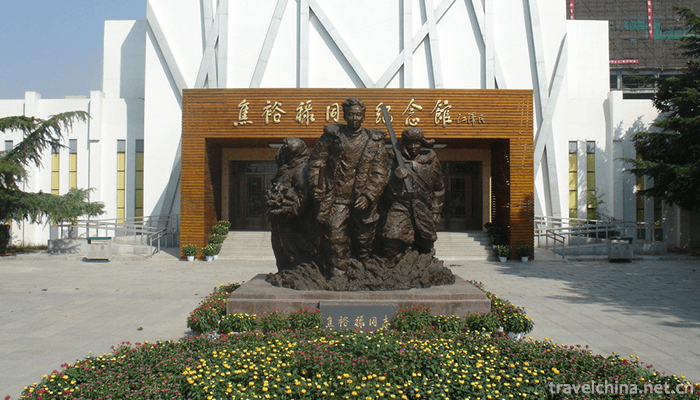
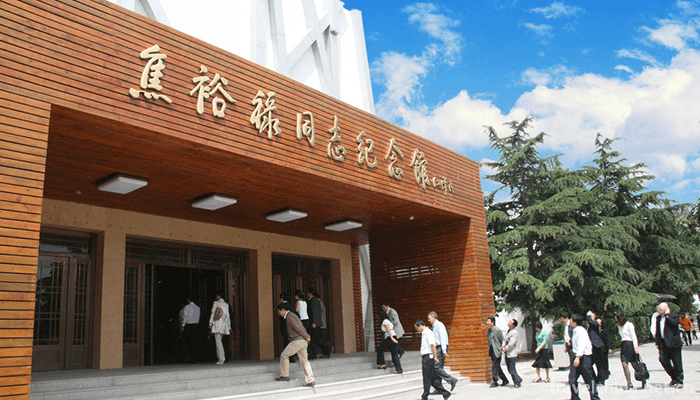
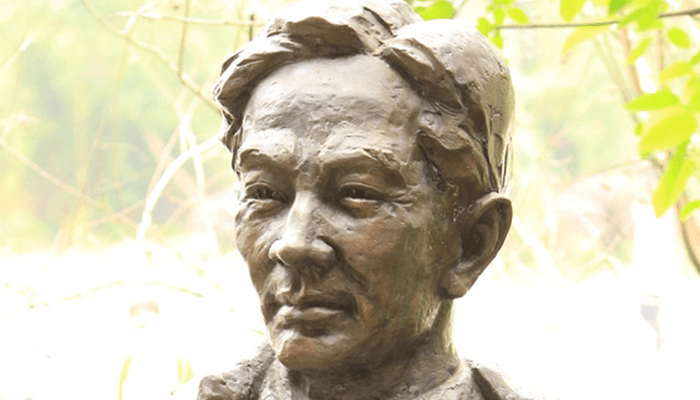
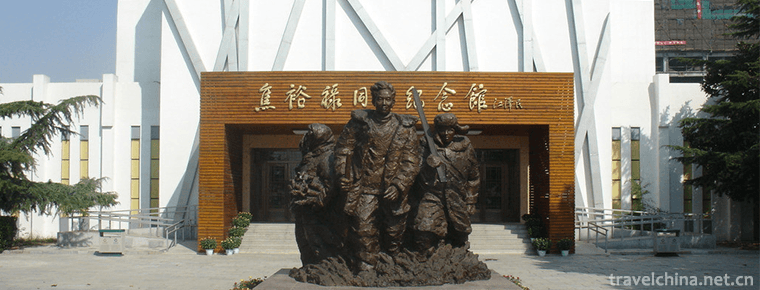
Jiao Yulu Memorial Park
-
Harbin Sun Island Scenic Area
Sun Island Scenic Area is located on the North Bank of Songhua River in Harbin City, Heilongjiang Province, with a total area of 88 square kilometers, of which the planned area is 38 square kilometers
Views: 140 Time 2018-12-05 -
The ancient city of Qingzhou
Qingzhou ancient city is one of the ancient nine states. It has a history of more than 7,000 years, a history of civilization of more than 5,000 years
Views: 237 Time 2018-12-08 -
The Dazu Rock Carvings
Dazu Stone Scenic Area is a religious cliff sculpture in the late Tang and early Song Dynasty, with Buddhist themes as the main theme, especially the Beishan Cliff sculpture and Baoding Mountain Cliff
Views: 255 Time 2018-12-12 -
Mianzhu New Year Picture Village Scenic Area in China
New Year Picture Village is located in Xiaode Town, South Gate of Mianzhu City, Sichuan Province. It is located between De'a Highway and Chengqing Highway, 73 kilometers away from Chengdu and within o
Views: 212 Time 2018-12-22 -
Iron Coal Steam Locomotive Museum
Tiaobingshan Steam Locomotive Museum, formerly known as Iron Coal Steam Locomotive Museum. National AAAA-level scenic spots and national industrial tourism demonstration sites
Views: 231 Time 2019-02-22 -
Yongji Ecological Park
Yongji Eco-Park is located in Daling Town, Huidong County, Huizhou City, Guangdong Province. It covers an area of about 1300 mu. It was solely invested and constructed by Hong Kong Yongji Food Group i
Views: 458 Time 2019-03-05 -
Zhaohua Ancient City Scenic Area
The ancient city of Zhaohua has a long history and rich humanities in Zhaohua Town, Zhaohua District, Guangyuan City, Sichuan Province. The original name of Yichang County was changed to Zhaohua Count
Views: 201 Time 2019-03-17 -
Guwo Yushu Samurai Dance
Samurai dance is a unique style of etiquette folk dance spread in Yushu. It is called Guowa (or Guowa) in Tibetan. Guo refers to weapons in Tibetan. It means warriors with weapons. Wo refers to dancer
Views: 135 Time 2019-05-02 -
Tu Wedding
The custom of Tu people's wedding in Huzhu Tu area has a long history. Tu people's wedding custom is gradually formed and developed through the struggle with nature and the long-term practice of produ
Views: 309 Time 2019-06-23 -
Yihuanghe Bar Dance
Hebang dance is popular in Hedong area of Yihuang County, Jiangxi Province. It is a kind of traditional folk dance developed by mountain people from generation to generation, chopping branches on the
Views: 280 Time 2019-07-12 -
Beijing Police College
Beijing Police College is a full-time general undergraduate college approved by the Ministry of Education, sponsored by the Beijing Municipal People's Government, administered by the Beijing Public Se
Views: 135 Time 2019-09-06 -
Yele Nature Reserve
Yele Nature Reserve is located in Yele Township, north of Mianning County, Sichuan Province, bordering on the south of Shimian County, Ya'an City. It is a provincial nature reserve. It is 70 kilometers away from Mianning County.
Views: 261 Time 2020-10-16
